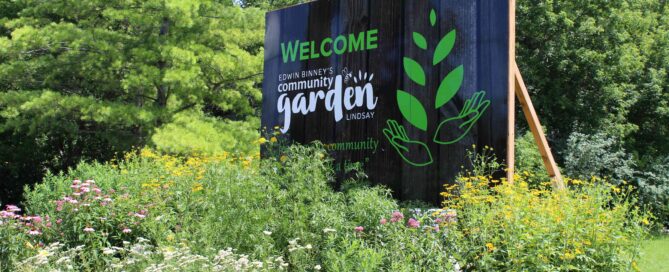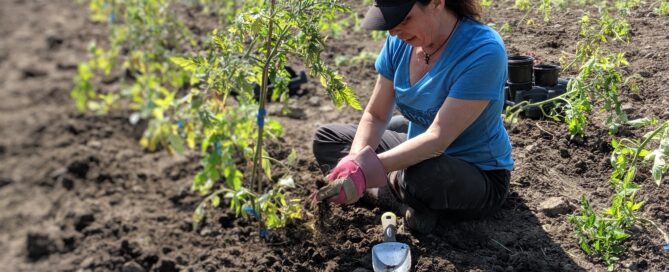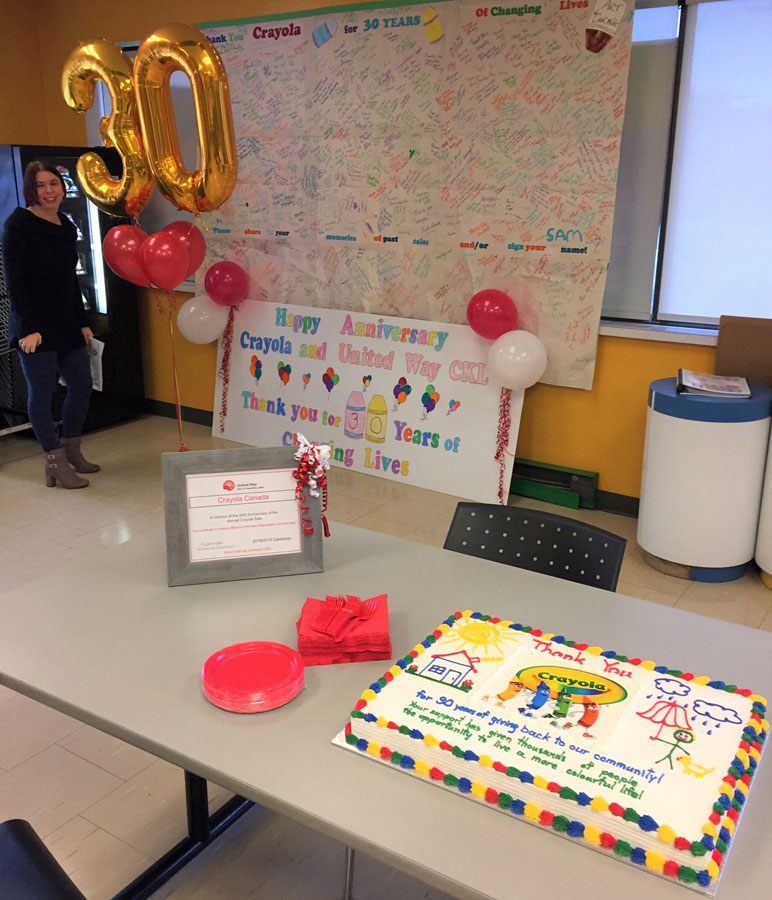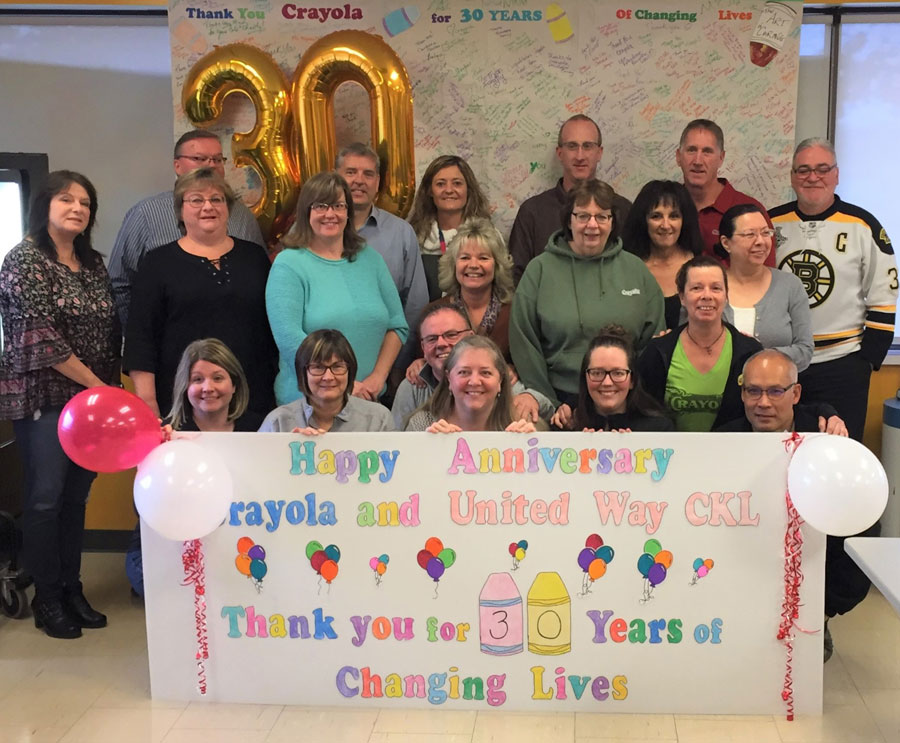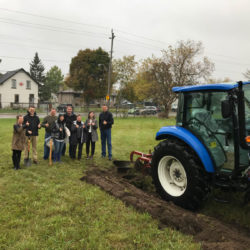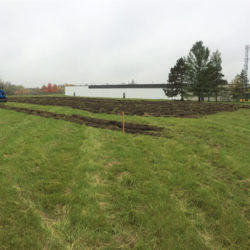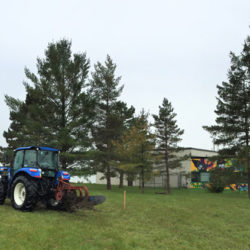From the Ground Up: Planning Your Garden
The adage holds true; if you fail to plan, you plan to fail. The success of our gardens greatly depends on us creating a solid plan. Typically, this process starts at the end of the previous season. With all the data collected throughout the season still fresh in our notes we can begin to identify what worked well, what could be improved, and things we might not do again. Hopefully we spend more time on the first two, but no one is born with a green thumb.
Now, I hope you aren’t sweating thinking that you have missed your opportunity to start planning your garden. It’s only too late if you don’t start. By following this post, we hope to help you create an effective plan quickly that will get you producing food efficiently this season.
Where do you start?
Before we can think about the types of plants we want to grow, we need to first determine the best spot to put our garden. Many people avoid starting a garden believing that they don’t have enough space or that the space they do have doesn’t get enough sunlight. Though many of our main crops do require full sun i.e., 6-8 hours of direct sunlight, many plants will do just fine in partial sun (4-6 hours of sunlight) or partial shade (4-6 hours of diffuse sunlight or shade in the afternoon). The first step we recommend is identifying the length and quality of sunlight that your potential growing area is exposed to. Make a list of potential garden sites that you have access to, this could be your entire back or front yard or a specific section of your yard, a deck or balcony for those with limited or no yard. Beside each potential garden space, list the light exposure (backyard – full sun 6-8 hours, front yard – partial sun 4-6 hours). Another note on sun exposure is that throughout the season sections of our gardens can have varying degrees of sun exposure. An area that receives full sun exposure during the middle of summer might be a partial sun or partial shade area in the spring and fall. Keeping notes on the sun exposure of your garden can help you in further planning.
Next, identify the terrain and landscaping elements of the potential garden spots. Is the area flat, sloped, or uneven? Is there anything already growing in the area (grasses, trees or perennial bushes)? Also, is the ground bare soil, mulched or paved? Identifying the quality of the terrain of a potential garden is an important step as it will give you an idea of the time commitment needed to build the garden. For example you may choose a spot that receives less sunlight but has ground that is flat, soft and rich in organic matter (basically ready for a garden) over a site that has full sun but also compact soil, is on a steep slope or is very uneven. Choosing the shadier garden location may mean you have to change your crop list for more shade tolerant plants (think lettuces and leafy greens such as kale, and many herbs do wonderfully in the shade). Last season I planted bush beans in an area that was mostly shade and produced an enormous amount of beans, others have had success growing peas, carrots, beets and even winter squash in partially shaded areas. Crops that do not do well in the shade however include potatoes, tomatoes, peppers and eggplant. Prioritize planting these in areas that do receive full sun.
Now that you have a location that you are satisfied with, go back to our first post about soil to test its quality (structure, drainage, fertility etc). If you don’t have time to do the tests (or don’t want to) amending with compost is a cure all for every garden.
Crop Selection and Seed Procurement:
Your goals and location will likely be the biggest factors when deciding what vegetable or fruit crops you want to grow. Many gardeners grow to save money, become self-sufficient or to provide a larger variety of crops to their diet than grocery stores offer.
If saving money is a major motivation, you may want to consider herbs as a top priority. On a per pound basis herbs and spices are the most expensive produce items at any grocery store with many costing over $50/lb! Lettuces and other leafy greens are also great options to grow to decrease the grocery bill. Many salad ingredients (lettuce, radish, green onions) grow incredibly fast, while leafy greens like kale produce quickly and for long periods of time.
Perhaps you are wanting to become more self-sufficient. In this case growing higher calorie crops that have the ability to be stored for prolonged periods will be a feature you look for. Excellent crops to grow for storage are potatoes, onions, carrots, parsnips, turnips (I’ll save myself some time and just say basically any root crop is great for storing) and winter squashes. These crops are fantastic choices for the self-sufficientest (not sure that’s a word) as they provide energy and vital nutrients during the bitter Winter months. Other options for self-sufficiency are crops that are dried for storage. Many gardeners refrain from growing corn as ears of sweet corn are extremely affordable when in-season. However, there are many varieties of dry corn available which can be ground into corn flour for breads and tortillas. Dry beans are a necessity for any self-sufficientest (yes, it’s a thing now) as they are magnificent sources of protein. In a future post we will explore and demonstrate how squash, corn and beans are incredible crops to grow together in an intercropping system.
Finally, perhaps one of the most popular reasons gardeners continue to grow their own food every season is the enormous variety of crops available as seeds (compared to what is available at grocery stores or even the farm market). There are over 10,000 varieties of tomatoes despite grocery stores only selling a handful. How about potatoes? Over 4,000 varieties. Those are some pretty easy to think of examples. What about broccoli? I don’t think I’ve ever seen grocery store broccoli be labeled anything other than broccoli. It is actually possible to find 40 different varieties of broccoli seeds. They come in all shapes, sizes and even colors!
These are just a few of the most popular reasons to start a garden and things to consider when selecting the crops you want to grow. Perhaps the most important thing to consider when planning your crops is to select ones that you actually enjoy eating as this will only encourage and motivate you to grow more.
Now that you have an idea of what crops you would like to grow you will need to consider if they are well suited for your context. Refer to the chart below for crops that grow well in the various forms of sun exposures. Note: this is not an exhaustive list, just some ideas to help you get started.
Next you may be wondering how to procure your seeds. Springtime is a spectacular season, the snow is beginning to melt, buds are forming on the trees, the birds are returning and filling the outdoors with their beautiful songs and every garden/grocery/hardware and dollar store has their planting and gardening isles full of seeds, tools, bobs and gardening doodads.
These stores are great places to purchase seeds though grocery, hardware and dollar stores likely won’t have the variety that garden centers do. As well, garden centers do not carry anywhere near the variety of seeds that are available through online sources.
Each seed source has benefits and drawbacks associated with them. Local stores typically only stock the most popular varieties and depending on the location of online sources shipping and pollution costs may be high. With a little bit of research however you are likely going to be able to find a local seed producer that grows rare and diverse seeds mitigating both the drawbacks of box stores and online retailers. Being a small business that specializes in rare seeds expect to pay more or get fewer seeds for your dollar.
Heirloom, Hybrid and GM Seeds
With the “growing” popularity of gardening (lame gardening jokes and puns will be a theme in all blogs), there are many different camps and opinions about what kind of seeds you should get for your garden. Again, your gardening goals will likely be a major determining factor when you are purchasing seeds as each type of seed (heirloom or hybrid) has a distinct set of benefits and negatives.
First, it is important to dispel a common myth. Genetically modified seeds are not available to home gardeners. You can not purchase them at the grocery, hardware store or garden center and you can not get them through online seed suppliers. They are only available to farmers. These are crops that have had specific genetic material added to them to make them resistant to herbicides, pesticides, or to improve traits that allow them to grow in an environment that they may not have thrived in before. Why are these seeds not available to home gardeners? One major reason is that regulators want to limit the ability of GM crops to cross with native plants which could lead to an ecological disaster. Another is that adding genetics for herb- or pesticide resistance allows the farmers to spray large fields with chemicals to kill weeds more efficiently and economically. The use of these chemicals is also tightly regulated and requires certification. So, GM seeds are not available to the public.
What about heirloom and hybrid seeds?
Heirloom seeds are ones that have been isolated from other varieties and grown for many generations until their genetics become relatively stable. The stability of these genetics means that plants grown from these seeds will produce plants and fruits that are the same as the parent plants. The main benefit of heirloom seeds is that home gardeners can save the seed, plant it next year and grow the same crop (as long as it has not crossed with another variety).
Sometimes new gardeners will get “hybrid” seeds confused with GM seeds. They most definitely are not the same. Hybrid seeds are ones that have been selectively bred from two varieties of a crop. You will most often see “F1” after the variety type on seed packets indicating that the seeds are hybrids. Seed breeders hand pollinate two varieties of a crop by transferring pollen from a flower on one variety to a flower on the other variety. Tomatoes are often cross pollinated this way to create hybrid seeds. Hybrids often have traits that allow the plant to taste better, improve appearance, improve hardiness, improve disease or pest resistance. There does seem to be trade offs such as growing seeds from hybrid plants will not give you the same plant as heirloom varieties do. Often people will also report that hybrid plants that are grown for improved disease/pest resistance, improved appearance or hardiness, or for better storage don’t taste as good as heirloom varieties.
My simple suggestion for new gardeners… save seed saving for later. Grow plants that are easy, produce a lot and that you really enjoy eating. There isn’t much that is more rewarding and encouraging for new gardeners than finally getting your first harvest and enjoying fruit and vegetables picked at the peak of their ripeness. Conversely, there isn’t anything more discouraging to a new gardener than planning and caring for plants that don’t produce a great crop or that they really don’t like the taste of.
I hope that this quick article helps to spark some thoughts for your gardens. Remember, gardening should be fun, enjoyable and relaxing. The planning phase can sometimes be overwhelming but try to stick to the basics. 1) Pick an ideal location and 2) grow what you enjoy to eat.
In the next article we will be discussing sourcing water for your garden and how to set up a rainwater collection system. Bookmark our page and check back each week for new posts.
About the Author
E Kelly (they/them), aka the Garden Gnome, is passionate about supporting the health of their community. While working closely with individuals in the health & fitness industry E noticed a concerning trend. Many individuals’ health concerns did not stem from a lack of knowledge, willingness or desire to eat healthier or exercise more. Instead, a growing number of health issues were correlated with a lack of access to healthy foods. Thus started E’s journey to learning more about sustainably produced foods and how to produce an abundance in small spaces.
With a formal education in Kinesiology and years of experience growing food as a hobby, E is combining their experience and knowledge base to promote the production of local and sustainable produce.
E is the Garden Coordinator at United Way of the City of Kawartha Lakes and Edwin Binney’s Community Garden located in Lindsay, ON.


